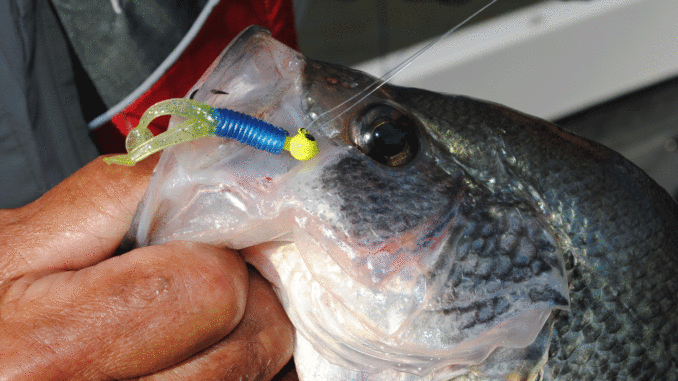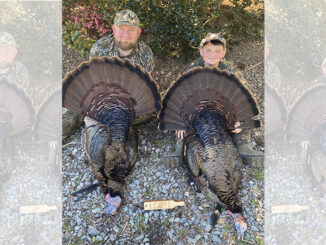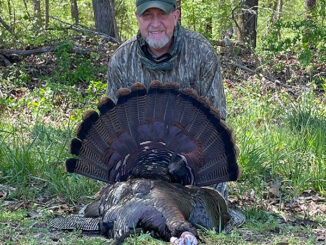
The crappie fishing at Jordan Lake is managed under regulations that are unique among reservoirs in North Carolina.
In 2004, the N.C. Wildlife Resources Commission put in place a 20-fish daily creel limit, which is common on North Carolina waters and a 10-inch size minimum, which is uncommon. Only the Roanoke River downstream from Roanoke Rapids Dam, and its tributaries — the Eastmost, Middle and Cashie rivers — are managed with a 10-inch size minimum. All other waters either have an 8-inch size minimum or no size restrictions.
Commission biologist Corey Oakley said some kind of changes was needed in the early 2000s when sampling started to show a problem developing in Jordan’s crappie fishery.
What we saw was the fishery was primarily composed of fish from one year-class,” he said. “Basically, something like 87 percent of the fish were age-2 fish, and the rest were age-1. Typically, in a good crappie fishery, you’re looking at four, five or six years-classes. At Jordan, it was getting worse every year, which is typical of a reservoir where people are taking fish out faster than they can spawn. If you get a failed reproductive class, you have nothing to back it up, and you will get a collapse very quickly.”
The 20-fish creel limit slowed down the number of fish being taken from the lake, and the 10-inch size minimum guaranteed that fishermen would be taking out no crappie under two or three years of old.
“What we’re seeing is that grown rates haven’t slowed down,” Oakley said. “These fish still reach nine inches in just under two years, and now we’re seeing a greater number of 11-, 12- and 13-inch fish, and it’s a big amount of those fish. The older year-classes have come back. We’re seeing fish up to age six.
“At Jordan, there’s such an enormous amount of fishing pressure, fish don’t last that long. Now, the regulations have done a good job of getting us to an older population; they’re allowing fish to get bigger, and because there are more (age) layers in the population, we’re getting better recruitment and better spawns.”





Be the first to comment